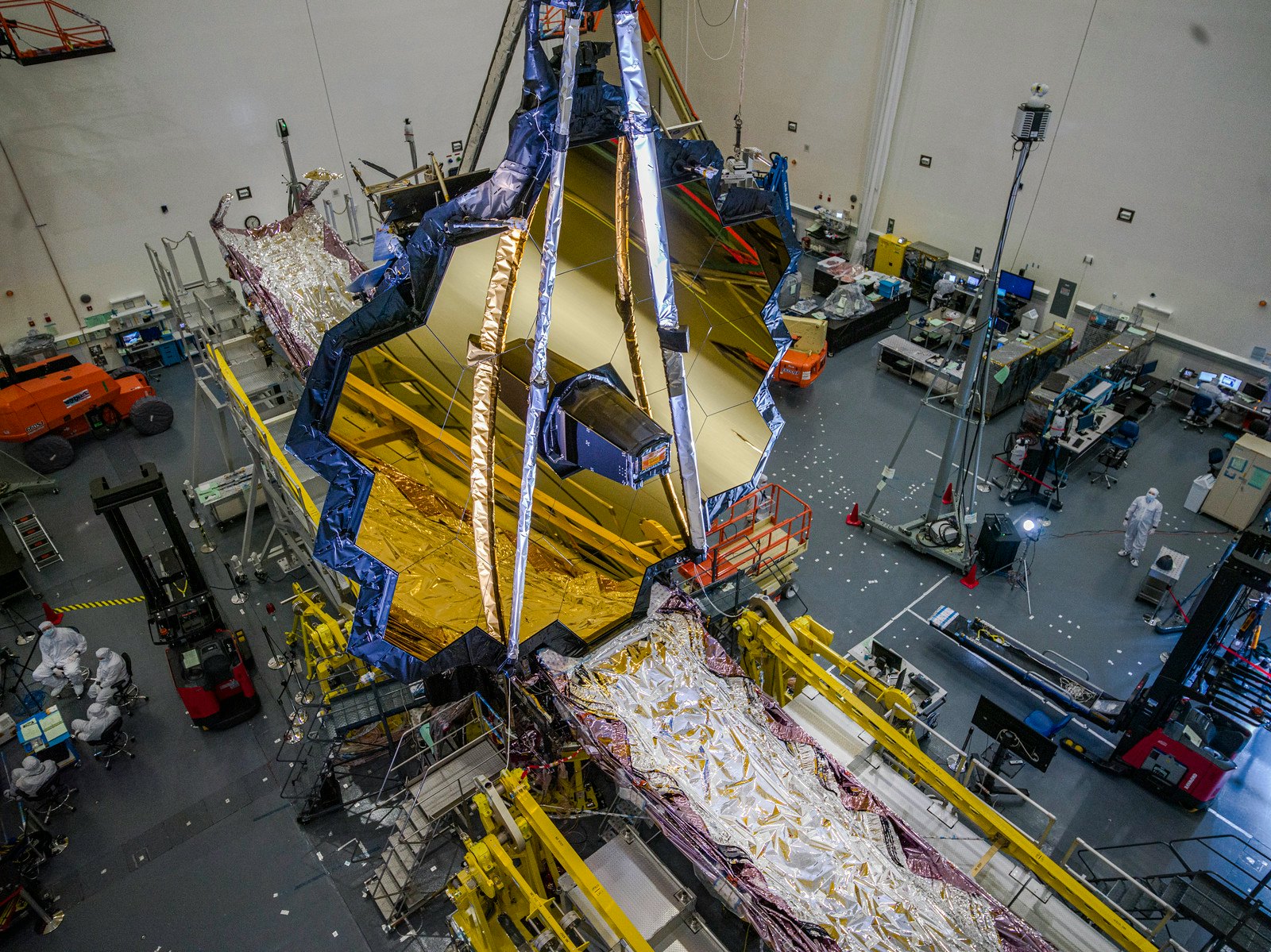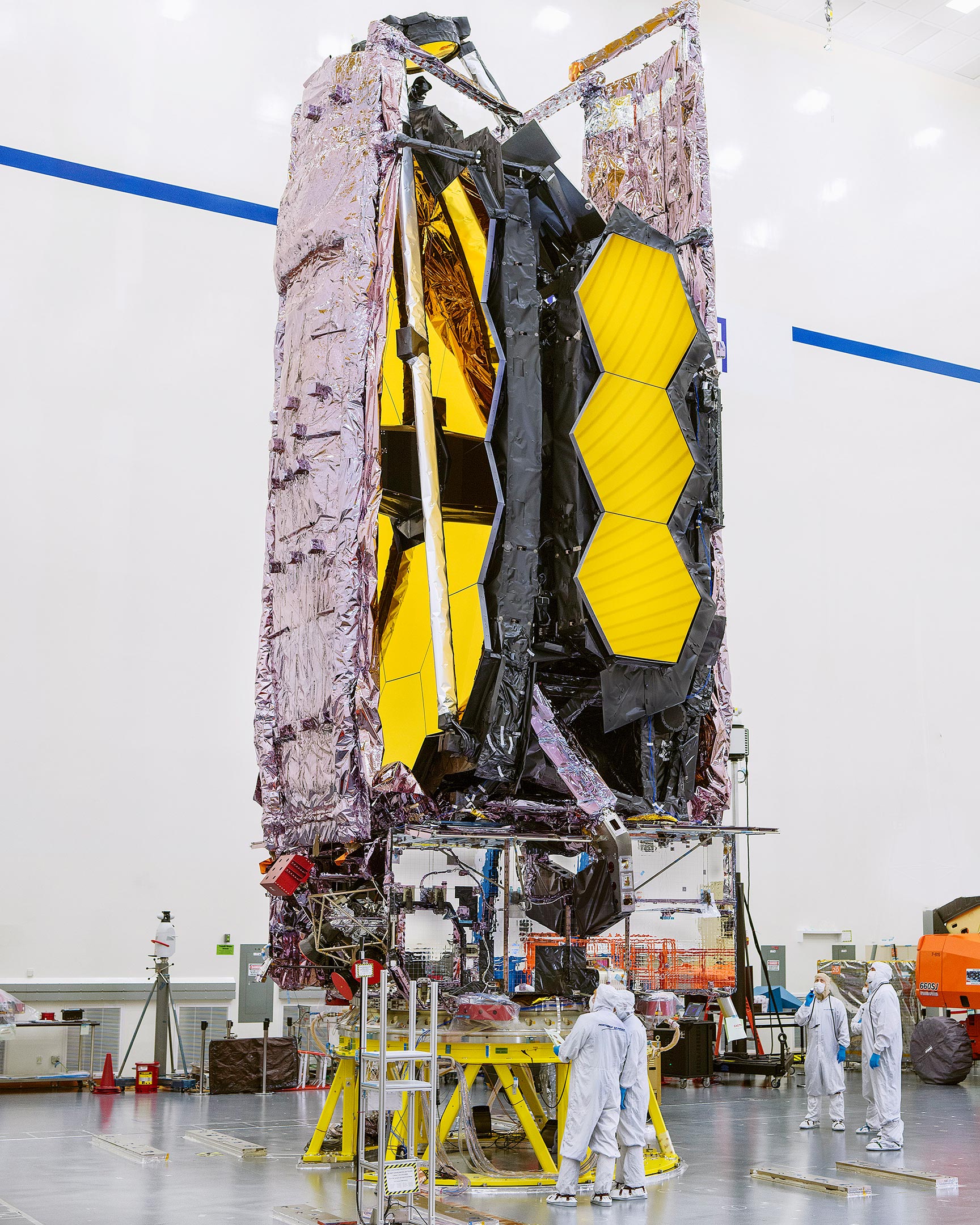

Webb is the successor to the Hubble Space Telescope, launched in 1990. Webb will sit at Lagrangian Point 2, or L2.

Lagrange Points are a kind of sweet spot in space where there is a pull between two objects like the sun and Earth and spacecraft can operate in either a stable or semi-stable orbit. "This is just capping off a remarkable 30 days." #UnfoldTheUniverse /WDhuANEP5h- just really excited to announce today that Webb is officially on station at its L2 orbit," Keith Parrish, Webb observatory commissioning manager at NASA's Goddard Space Flight Center said in a media teleconference. It will orbit the Sun, in line with Earth, as it orbits L2. Stephan’s Quintet: about 290 million light-years away, located in the constellation Pegasus.🏠 Home, home on Lagrange! We successfully completed our burn to start #NASAWebb on its orbit of the 2nd Lagrange point (L2), about a million miles (1.5 million km) from Earth. Southern Ring Nebula: a planetary nebula - an expanding cloud of gas, surrounding a dying star - nearly half a light-year in diameter and located approximately 2,000 light years away from earth Its discovery was only announced eight years ago WASP-96 b (spectrum): a giant planet outside the solar system, composed mainly of gas and located nearly 1,150 light-years from earth.

It is home to many massive stars, several times larger than the sun It will consist of cosmic objects Webb targeted for these first observations, including:Ĭarina Nebula: one of the largest and brightest nebulae (stellar universes where stars form) in the sky, located 7,600 light-years away in the southern constellation, Carina. The first full-colour images and spectroscopic data from the telescope, offering "unprecedented and detailed views of the universe", will be released on Tuesday (12 July).Įach image will be released in a live Nasa broadcast starting at 2.30pm UK time. When will Nasa reveal the telescope's first images? The project has been in the making since 1996. This is the key instrument on the telescope, and is able to see the faint light from the most distant stars. The mission is led by Nasa, the ESA and the Canadian Space Agency, with the UK having played a major role by leading the European Consortium which designed, built and tested the Mid-Infrared Instrument (MIRI). “Because I think astronomy is not going to be the same again once we see what this can do with these first observations.” “We’re really excited to see the first observations in the summer,” Evans said in May. But it’s the private ventures that push at limits (from January) Read more: Nasa’s Webb telescope is a joy. In fact, Christopher Evans, project scientist from the European Space Agency (ESA), said the observations are expected to change the face of astronomy forever. If successful, it will give scientists valuable insight into space matter as it aims to discover details of the mystery substance that makes up the vast majority of matter. It is aiming to discover more about the formation of stars and galaxies, and to determine how the first galaxies formed - meaning it has the potential to make breakthroughs in the field of astronomy. The launch of the rocket with Nasa's James Webb Space Telescope onboard on Christmas Day last year.


 0 kommentar(er)
0 kommentar(er)
